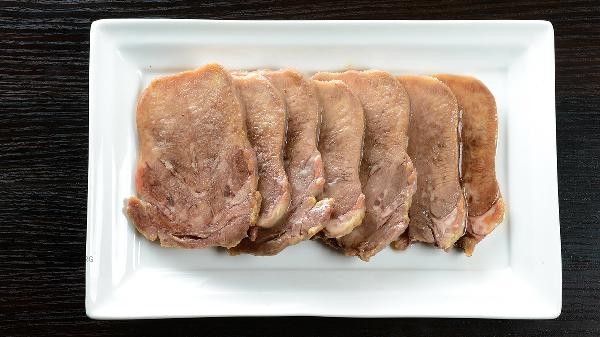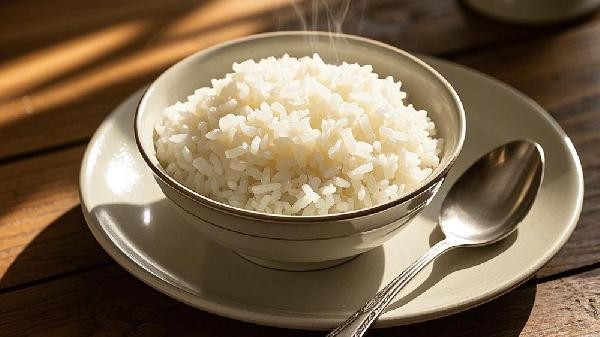Removing the odor of pork can be achieved through soaking and rinsing, blanching, seasoning and pickling, proper cooking, and selecting fresh pork. The odor of pork may be caused by factors such as residual blood, fat oxidation, and improper storage. Targeted treatment can effectively improve the taste.

1. Soak and Rinse
Cut the pork into chunks and soak them in clean water. Add a small amount of salt or white vinegar to the water to help dissolve the blood and some fishy substances. The soaking time in cold water should be controlled at around half an hour, during which the water should be changed two to three times until the water color becomes clear. When rinsing, repeatedly rub the surface of pork with running water, focusing on cleaning the gaps between the fascia and fat layer.
2. Blanching treatment
Boiling pork in cold water can effectively remove the deep odor of pork. Add ginger slices, scallions, and cooking wine to the pot. After the water boils, skim off the foam and blanch for about 3-5 minutes. Pork with bones can be extended to 8 minutes. After blanching, immediately rinse the surface with warm water to solidify the protein and prevent the meat from turning into wood. This method has a significant effect on areas with strong odors such as pig trotters and pork bellies.
3. Seasoning and marinating
Use seasonings such as cooking wine, ginger juice, and Sichuan pepper powder to marinate for more than half an hour. Alcohol and aromatic substances can neutralize aldehydes produced by fat oxidation. Heavy odor areas can be marinated with lemon juice or vinegar, and acidic environments can decompose some of the fishy protein. Refrigerate during pickling to prevent microbial growth at room temperature.

4. Reasonable cooking
High temperature stir frying or frying can evaporate odorous substances, and it can be cooked together with spices such as garlic, star anise, cinnamon, etc. Adding acidic ingredients such as hawthorn and tangerine peel during braising or stewing can soften the meat and decompose odors. Avoid prolonged low-temperature cooking that may cause odorous substances to re infiltrate into muscle fibers.
5. Fresh Purchase
Choose fresh pork with bright red color, good elasticity, and no mucus, and avoid purchasing cold fresh meat stored for more than 48 hours. Check the meat quarantine label, as diseased lymph nodes or water injected meat often have a strong odor. Handle as soon as possible after purchase, refrigerate for no more than two days, and store in a sealed and oxygen free environment for freezing.

When processing pork in daily life, it can be cooked together with flavorful ingredients such as white radish and onions. When storing, use kitchen paper to absorb surface moisture, and after packaging, remove the air inside the bag. Before cooking, check for any abnormal sour taste. It is not recommended to consume spoiled pork even after processing. Regularly clean the refrigerator to avoid cross contamination, and use cutting boards and knives separately from raw and cooked ones. Maintaining kitchen ventilation helps dissipate odor molecules generated during the cooking process.








Comments (0)
Leave a Comment
No comments yet
Be the first to share your thoughts!